Pioneer tales, rail road stations and echoes of storied pasts; you might not initially expect the Boundary to be rich with history. Yet, here, beneath towering trees and bright open skies, there are treasures to be told.
Rails in the Valley
The beloved rail trails of the Kettle Valley Railway (KVR) and the Columbia and Western Railway (C&W) meet at “Mile 0” in Midway. This 240 km (149 mi) section of the Trans Canada Trail is an immersive experience weaving a historical path through the Boundary Country.
Delve into its history at the Kettle River Museum, where main attractions are the restored Canadian Pacific Railway caboose and original Station House, housing exhibits commemorating the steam railway era of Southern B.C.
READ MORE: Farm Touring Boundary Country
Chainsaws and Gardens
Son Ranch Logging Museum is a unique mix of wildflower gardens and Boundary/Kootenay forestry history. This small-scale, family-run forestry operation and logging museum is a must-see between Greenwood and Grand Forks. Just past colourful petals is an old timber frame barn where you can view the Chain Saw Museum that chronicles logging across the region.
A journey through 125 years
Greenwood and Grand Forks were both incorporated in 1897, and 2022 marks their 125th anniversary. There’s no better place to soak up the history than at the Greenwood Museum and Boundary Museum & Interpretive Centre.
Greenwood was incorporated as a city on July 12, 1897. The BC Copper Company smelter was built in 1901 and brought prosperity to the city, becoming known as the “hub” of the Boundary. In the Greenwood Museum, learn about how the mines brought fortune seekers from many parts of the world, and the effect of plummeting copper prices after the first World War.
Another vital part of Greenwood’s history is the forced internment of Japanese Canadians off the west coast of British Columbia in 1942. The museum houses a well curated section dedicated to Japanese culture with handmade crafts and a Buddhist shrine, and includes a display on living conditions for the interned.
Grand Forks’ history is closely tied with the mining and railroad boom of the 1890s and early 1900s. Original settlers came for the rich farmland, sheltered valley and temperate weather. They stayed on as the industrial era took over, seeing the introduction of railroads, mines, smelters and power plants. After the great copper boom of the late 19th century, the Doukhobors arrived from Russia. They introduced their communal way of living with flourishing farms around the city.
Learn more about the history of Grand Forks and Boundary Country at the Boundary Museum and Interpretive Centre that overlooks the valley at the historic Fructova Heritage Site. The open grounds and large trees also provide the perfect opportunity to soak in history with an afternoon picnic.
Plan your Boundary Country adventures at boundarybc.com.

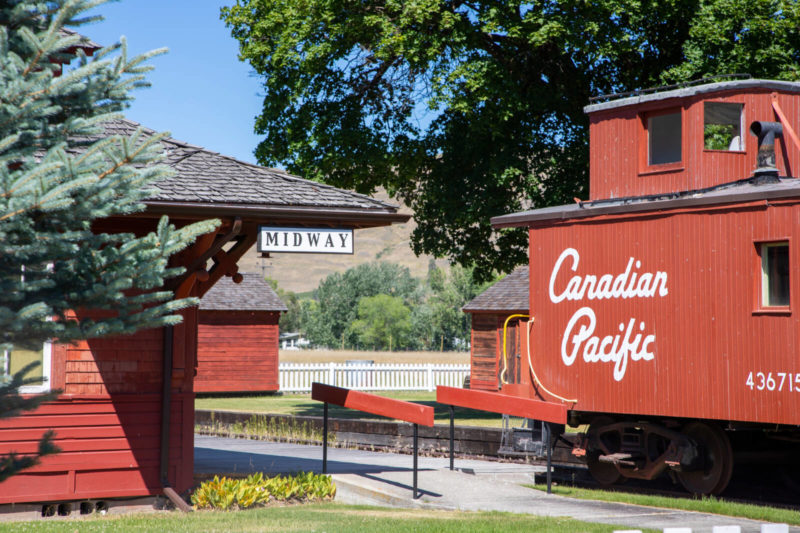
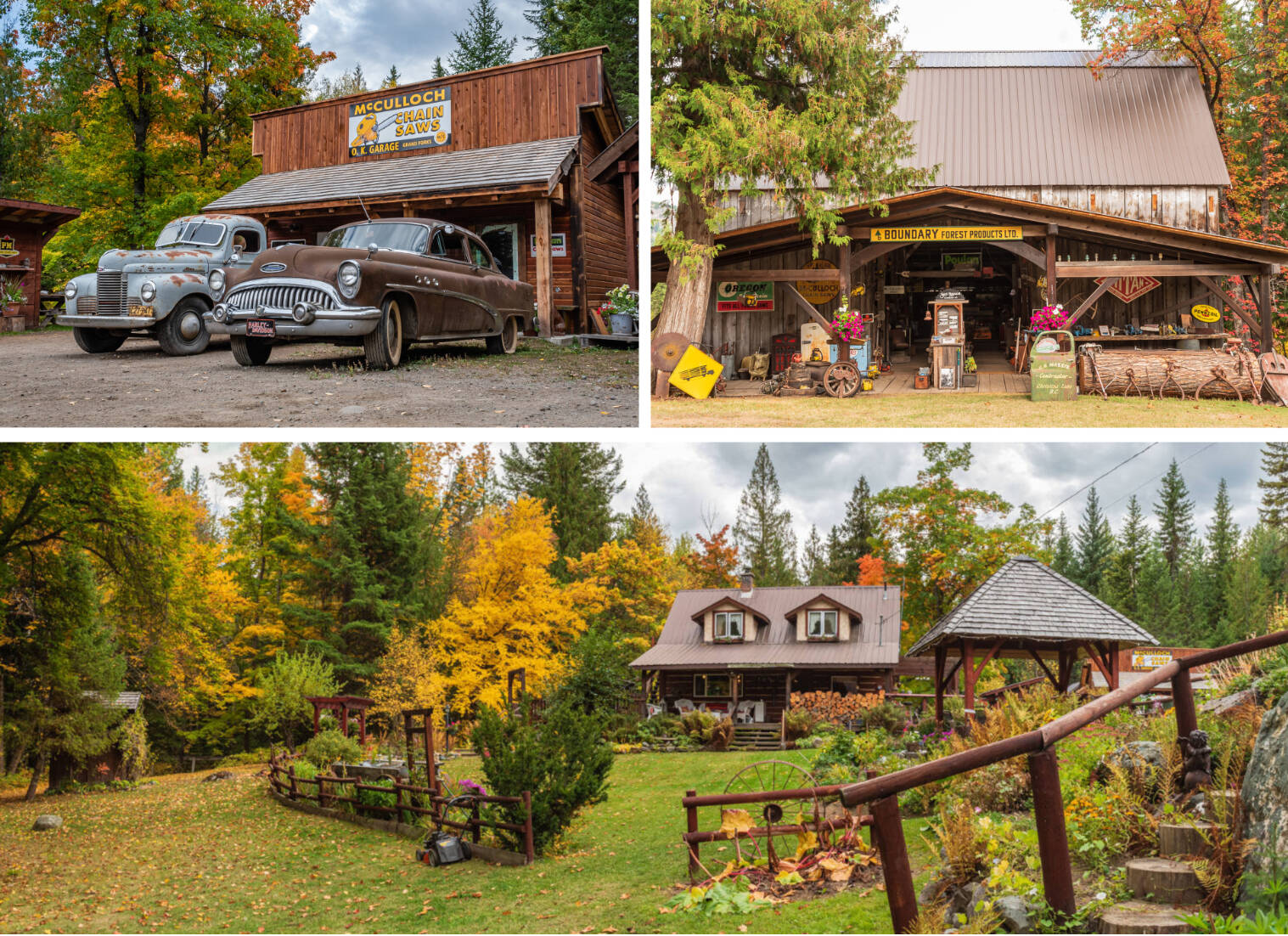
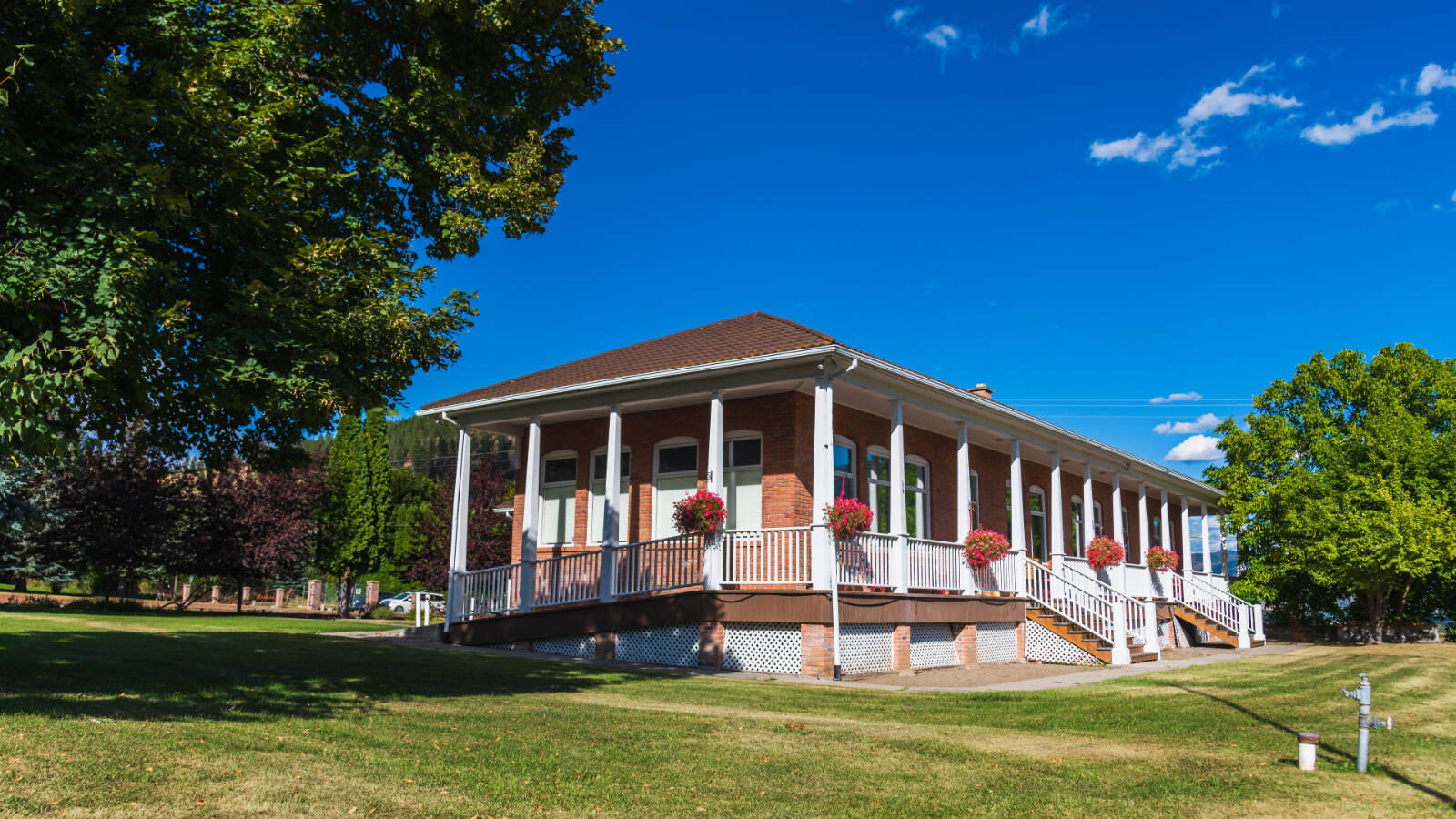
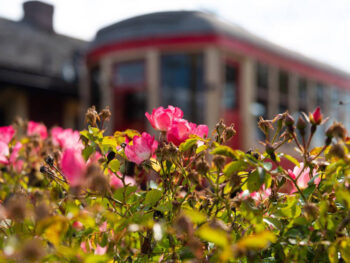
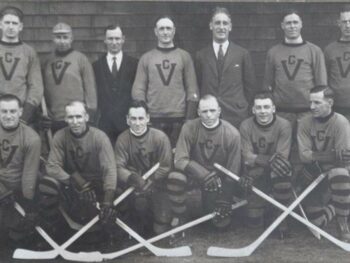


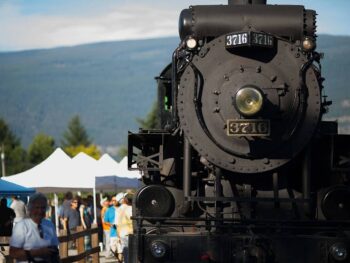
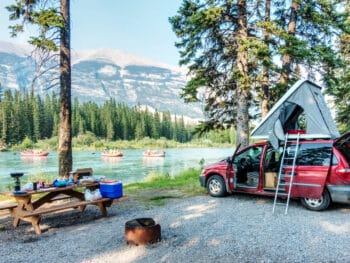

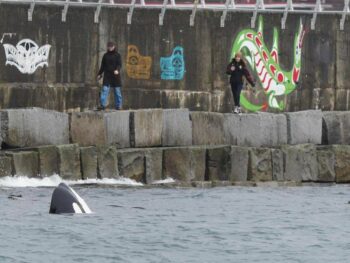
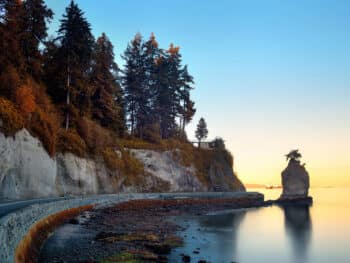
 Sesame Street’s new San Diego theme park is full of surprises
Sesame Street’s new San Diego theme park is full of surprises